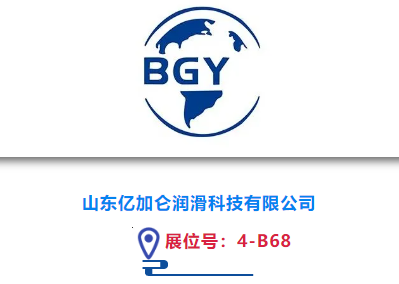
Research by BSRIA Worldwide Market Intelligence suggests that, as economies worldwide have been recovering after contraction, strict restrictions and lockdowns, the air conditioning market continues to stabilise, and global growth has been recorded for most segments in 2021. However, in the short term, inflation and supply chain crisis remain primary concerns.
Results from the BSRIA Worldwide Air Conditioning Study are available on a global, regional or country level, focusing on 2021 with forecast by product to 2026.
Globally, the PAC market increased by 8.1% in terms of volume, while the commercial market performed better and recorded a growth of 13.8%. As inflation hit and prices continue to raise, the total air conditioning market increased around 15% by value. Overall, CAGR 2021-26 for both PAC and CPAC, is estimated at around 3.1% in terms of volume and 4.9 in terms of value.
Americas
In the US, electrification and refrigerant regulation in regional pockets of the country is spurring competitors to develop new lines addressing both heating and cooling, and ready for HFC phase out. Indoor Air Quality (IAQ) remained a priority. In Canada, commercial AC sales have rebounded, while the residential market is driven by subsidy. In Argentina, the market was hampered by ongoing Covid-19 restrictions; the splits market remained well below pre-pandemic level. Increasing construction activities, rising demand in the medical sector and in food retail benefitted the Brazilian chiller market in 2021. Overall, decelerations of the AC market in the country were delays and disrupted supply chain due to lockdowns, higher transport costs and increasing prices of raw materials.
Asia and Australia
As a consequence of raw material price increases, Chinese manufacturers have significantly increased the average prices of all AC products. With the release of the “dual carbon target”, the development of the scroll heat pump chiller has accelerated significantly. In Australia, schools are a major driver for VRF. In the chiller segment, 2-pipe AC heat pumps are increasing their share. In Thailand, anticipated upturn of the AC market was put on hold due to Covid; lack of tourists and reduced household income prolonged the recovery. In Indonesia, the split market increased in 2021 but remained below pre-pandemic level. The South Korean AC market could not reach the level of 2019 due to constant pandemic lockdowns and slow recovery in the commercial sector, but the windows market significantly increased its presence in the residential segment.
Middle East and India
After devastating sales in 2020, the Indian AC market is on the recovery path. There was a high demand for inverter high-wall splits; while in the chiller market sales focused on VFD models. In Saudi Arabia, both room AC and chiller volumes decreased in 2020 and 2021 while the VRF market bounced back and exceeded 2020 sales. Similar market dynamic was observed in UAE, where the commercial market dropped due to lack of new mega projects, while splits and VRF recovered from the 2020 decline.
Europe
Overall, the European market returned to growth after the pandemic. The Spanish chiller market returned to growth in 2021 after suffering steep losses in the previous year. The market made up some lost ground but did reach 2019 levels. The restart of postponed projects drove the AC market in Turkey in 2021 but economic uncertainty might have an impact in 2022. In France, room air conditioning suffered from poor summer weather, whereas commercial air conditioning is starting to recover. Similarly, the German commercial market also recorded growth compared to 2020. There is a trend towards air source heat pump chillers in the UK, while single and multi-splits move towards smaller capacity. For the Italian AC sector, 2021 was the year of recovery. Single splits <5kW had double-digit growth compared to 2020.






















